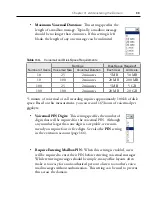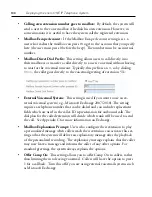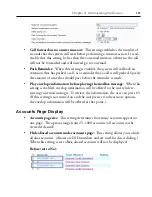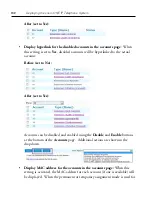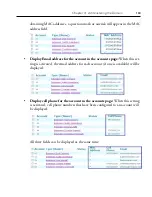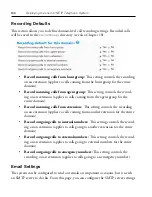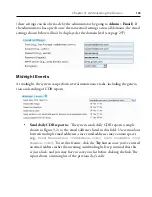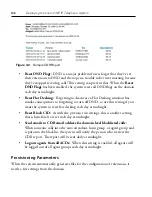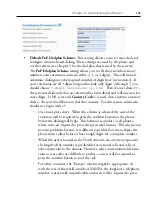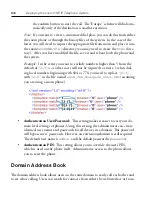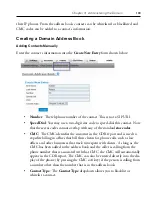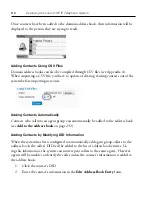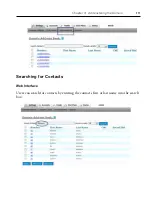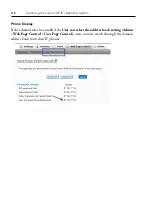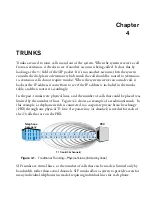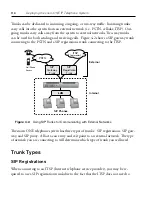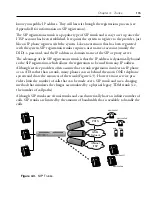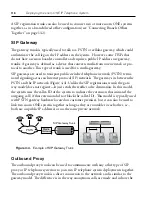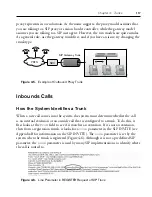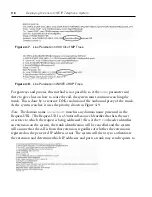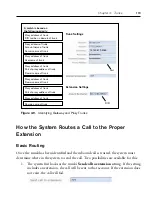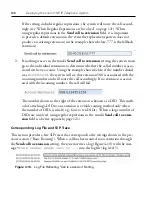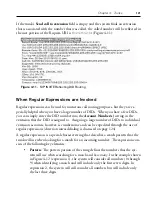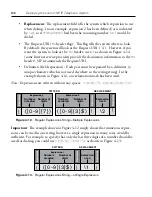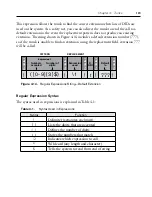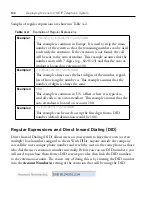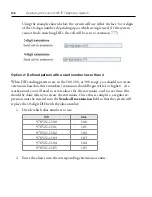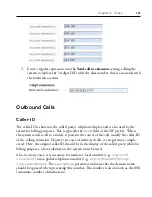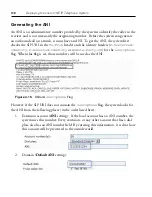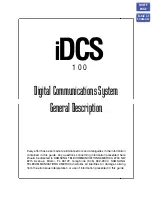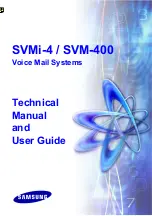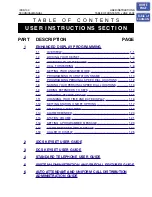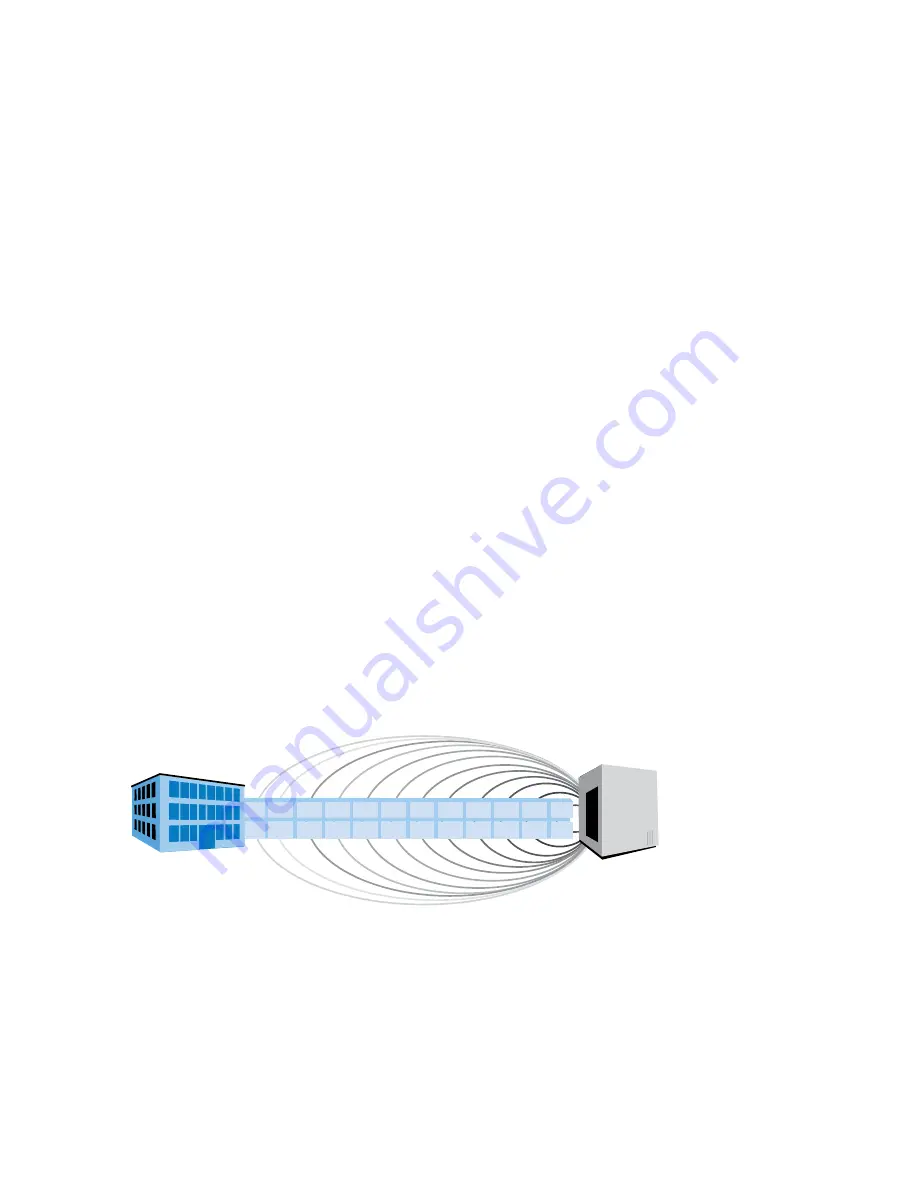
Chapter
4
TRUNKS
Trunks are used to route calls in and out of the system. When the system receives a call
from an extension, it checks to see if another account is being called. It does this by
looking at the
To
field of the SIP packet. If it’s not another account, then the system
consults the dial plan to determine which trunk the call should be routed to (extension-
to-extension calls do not require trunks). When the system receives an outside call, it
looks at the IP address it came from to see if the IP address is included in the trunks
table, and then routes it accordingly.
In the past, trunks were physical lines, and the number of calls that could be placed was
limited by the number of lines. Figure 4-1 shows an example of a traditional trunk. In
this example, a telephone switch is connected to a corporate private branch exchange
(PBX) through one physical T1 line. A separate line (or channel) is needed for each of
the 23 calls that are on the PBX.
13 14 15 16 17 18 19 20 21 22 23 24
1
3
4
5
6
7
8
9 10 11 12
2
Telephone
Company
T1 Trunk (24 channels)
PBX
Figure 4-1.
Traditional Trunking—Physical Lines (limited by lines)
SIP trunks are virtual lines, so the number of calls that can be made is limited only by
bandwidth, rather than actual channels. SIP trunks allow a system to provide access for
many individual telephones instead of requiring individual lines for each phone.
Summary of Contents for ONE IP
Page 4: ......
Page 19: ...Part I Getting Started...
Page 20: ...Part I Getting Started...
Page 47: ...Part II Administering the System...
Page 48: ...Part II Administering the System...
Page 195: ...Deploying the snom ONE IP Telephone System 526...
Page 223: ......

